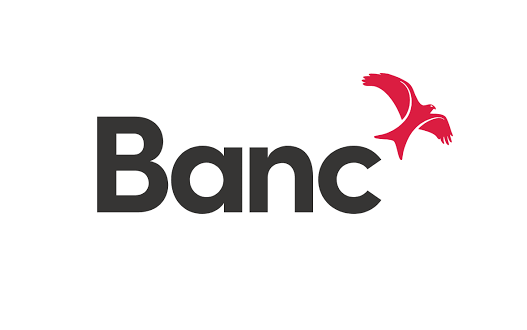After six and half years, the Welsh Raised Bogs LIFE Project has reached a triumphant conclusion after restoring hundreds of hectares of peatland at six raised bogs in across the nation.
Raised bogs are one of Wales’ rarest and most important habitats and, because of their environmental interest and importance, they are designated Special Areas of Conservation (SACs).
Centuries of damage through historic peat-cutting, poor management and drainage have led to a decline in rare wildlife and habitat condition on these peatlands. The drying out of the peat has also led these natural carbon sinks to emit carbon, rather than storing it.
The £4.5m project restored raised bogs at Cors Caron near Tregaron; Cors Fochno near Borth; Cors Goch near Trawsfynydd; Rhos Goch near Builth Wells, Esgyrn Bottom & Cernydd Carmel. It was funded by the European Union LIFE programme, supported by Welsh Government and managed by Natural Resources Wales (NRW).
The focus of the project was to restore these Special Areas of Conservation towards favourable conservation status. The process began with the ambition of reversing the decline by raising water levels to healthy levels and by clearing hundreds of hectares of invasive growth on raised bogs in Wales.
The project has achieved a great deal, including:
- Clearing the equivalent of 736 Principality Stadium pitches of invasive plants. This includes Molinia grass, birch, willow and rhododendron.
- Installing 150 peat dams on the bogs to retain water.
- Installing 114km of water retaining peat bunds on raised bogs; the same distance as driving from Cardiff to Carmarthen.
Raised bogs need a high water level to act as carbon absorbing sinks. If they are dried out, they release their accumulated carbon. Installing the bunds raises the water level which re-wets the peatland and prevents further carbon loss.
Jake White, NRW’s Welsh Raised Bogs Project Manager said,
“Raised bogs, and all peatlands are important ecosystems that – in a healthy state – can provide valuable habitats for wildlife, water storage & purification, carbon storage and improving our wellbeing.”
“We worked closely with specialist contractors and local landowners to ensure the restoration work could take place, and we are very grateful to everyone who made the work possible.
“We are very proud of what has been achieved over the past 6 years. Not only have our interventions improved conditions for rare peatland wildlife to thrive, but it has also helped to support their resilience to future climatic change.”
Despite the COVID restrictions, the project ran a successful programme of both community and stakeholder engagement, reaching over 22,000 people across 75 events including the National Eisteddfod and IUCN Peatland Conference in 2022.
Raised bogs are part of the diverse peatlands of Wales which cover only 4% of Wales, yet retain 30% of land-based carbon. These Welsh peatlands need protection and restoration to address both the Nature and Climate emergencies. Welsh Government funds restoration through NRW’s strategic National Peatland Action Programme, and the public are invited to view the location of peatlands and on-going restoration activity on the Wales Peatland Data Portal.




